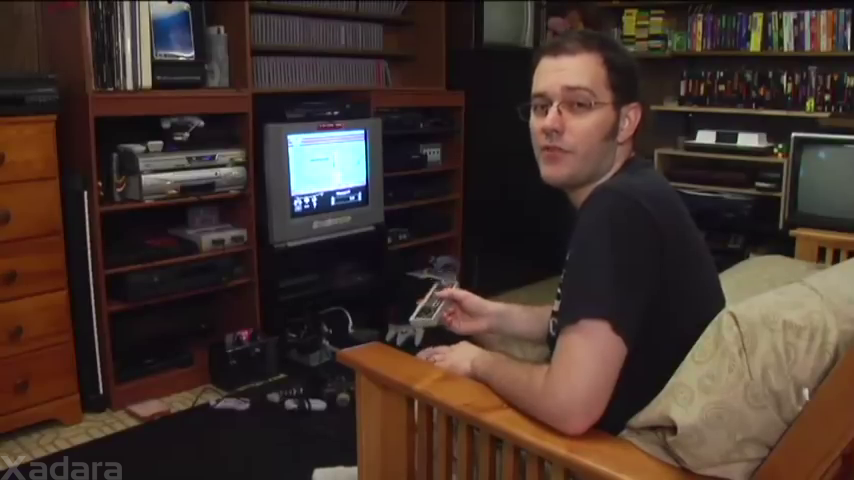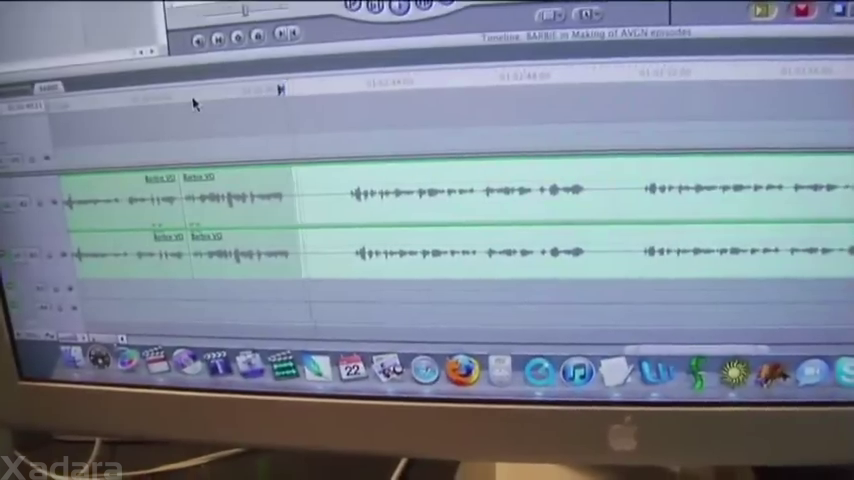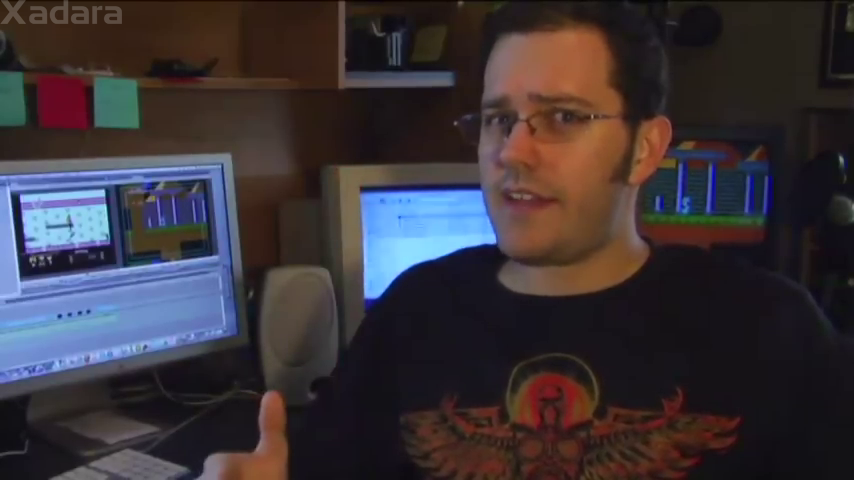Welcome to Season 6 of The Angry Video Game Nerd. At this time James was still getting production of the movie underway, and this time period, the late half of 2011, would mark a final spurt of Nerd episodes before a 6 month break as filming of The Angry Video Game Nerd: The Movie would begin in early 2012. Before that would happen, however, we’d get 5 more episodes ahead of that gap, and two of those would be the biggest episodes yet.
This episode in particular is quite a special one because it’s not a traditional AVGN episode — instead, it’s dedicated to just how James actually created an AVGN episode. While, in the end, it does show a complete short (Season 1 styled) episode, the bulk of its 35 minute run time is devoted to the process of turning casual gaming into another Cinemassacre production.

James’ background is in film making, so simple online reviews like these aren’t as complex, but they are still a special process in and of themselves — in general form, James has to pick and play a game, record footage, keep a log of reactions to events in the game, ideas that come to mind, and the timestamp of these events in his recordings so he can actually edit the footage to the script he writes. After writing the scrip, he does the voice over work and the filming of scenes of the Nerd character, then edits it all together. It sound simple, but it’s much more in depth and complicated than you would think and trust me when I say he still makes it all seem easy. I’ve done the very same as he has for some old projects and it was an incredible effort and took quite a bit of time.
What I love about this episode is how much of a sneak peak into the creative process it really is — you get a real look at James working on a project, get to see some of the tools he uses (I notice he has what’s probably a Mac Pro running Mac OS 10.6 Snow Leopard, for example) and how he takes advantage of what he has to create these videos fans love so much.

The thought process for why James does what he does is also well explained here. The reasons why a creator makes the choices he does in his process, and uses the tools he does (like why James uses Mac’s vs PC’s) are just as important as the tools in and of themselves.
James also touches on the challenges of making such a video, from practical issues like choosing a game to play and keeping footage logged to microphone problems, game audio not sounding chopped up, video being recorded properly and color balanced, and even things as simple as forgetting to add or remove props when filming — challenges any film maker will face. The focus is that these do take work to create, and are, in some cases, very serious projects. As an example, James points out just how long the R.O.B.: The Robot episode took to film and edit — at that time, it was the episode that took the longest time to produce, 122 and a half hours: long enough for him to listen to the entire Iron Maiden discography!

All in all, for such a “not an episode” it’s one of my absolute favorites. I’ll always come back to it and watch it to remind myself of the effort that went into all these videos I’ve enjoyed over the years, and how James inspired me to at least give that kind of video production a try. I didn’t stick with it, but I did learn quite a bit, and I do enjoy the process. Maybe one day I’ll come back to it, but for now I’ll stick to blogging and enjoying the creative works of a few others, like James Rolfe, who have really earned my respect and, in a sense, admiration for being true to their own creative style.
Final Rating: 5/5
I can’t really say anything else about the episode. The Barbie mini-episode at the end is nice for a few minutes of absurdity, but the core part of the episode, James showing all the work and effort it takes to make even that short little segment is really nice. It’s simply a chance to see an artist work, and as a fellow artist I’ll always take the time to truly appreciate that.

2 Comments
Add a Comment